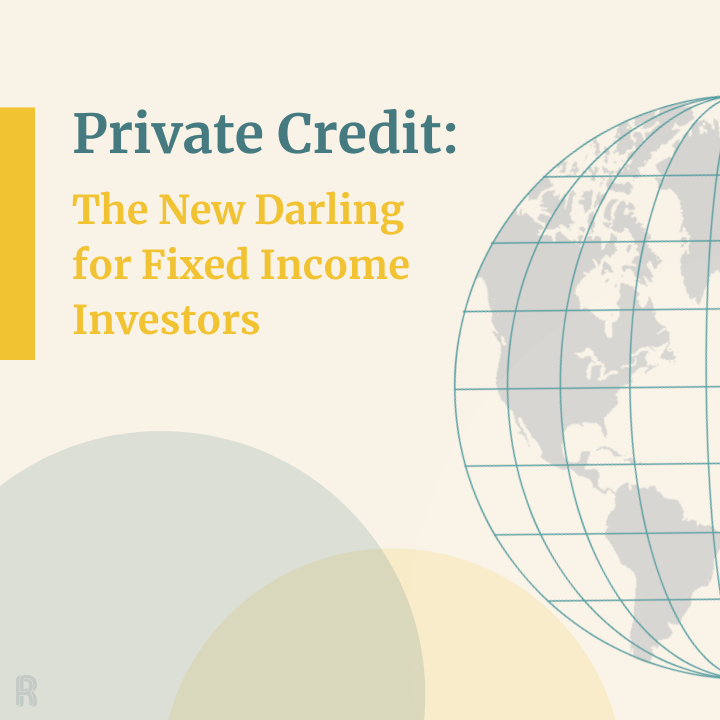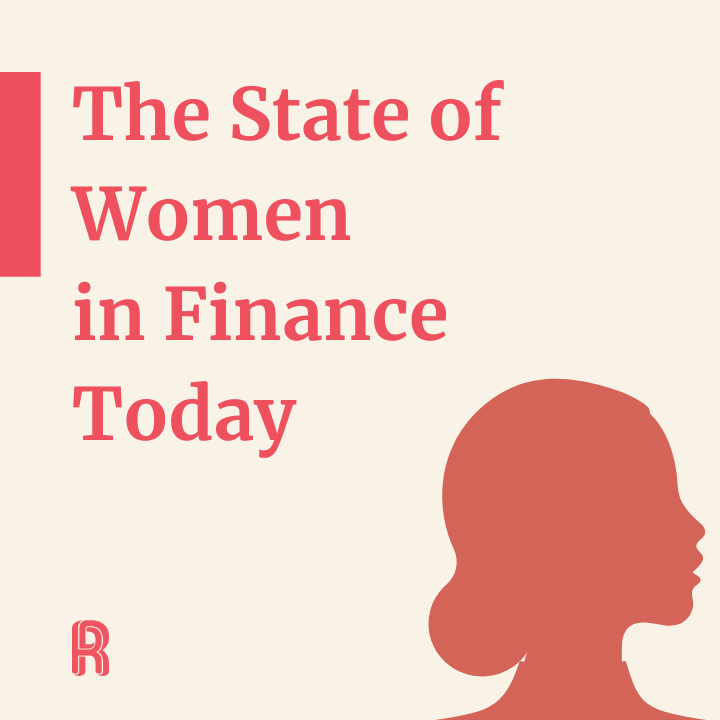
Private Credit 101: The new, alternative darling for fixed income investors
How Private Credit become Fixed income’s New Darling
Well, you could trace it all the way back to 2008 when the Federal Reserve slashed interest rates to 0% to try to stimulate economic growth in a financial crisis. Over the past 16 years, interest rates have stayed low, making credit more appealing for borrowers. At the same time, banks reeling from the economic crisis of 2008 decreased their lending, and therefore, their loans became less accessible. To fill the void banks left in the market, Private Credit came to bat. Its presence became even more popular in the last two years as interest rates climbed from .08% to 4.33% in 2022 and are currently resting at 5.33%.
Private Credit offers a multitude of different strategies with varying levels of risk starting from senior direct to mezzanine to opportunistic as well as geography-specific funds. Each offers a specific risk-return ratio that can be leveraged depending on the objectives of a particular portfolio.
The demand for alternatives continues to grow as investors of all classes seek above average returns amidst volatile public markets. Asset managers offering alternatives, including Private Credit, are projected to reach $17.2 trillion AUM in 2025, four times the AUM in 2010. In 2023, Private Credit had a record year, reaching $1.6 trillion in AUM across all managers, and is projected to hit $2.7 trillion by 2027. To give you an idea of the massive growth: Private Credit was only at around $237.9 billion AUM at the end of 2008.
For the biggest Private Equity firms, Private Credit could be a blessing, particularly in times of difficulty for their fundamental buyout operations. According to PitchBook’s most recent US Public PE and GP Deal Roundup, the Private Credit portfolios owned by seven public Private Equity managers—KKR, Blackstone, Apollo Global Management, Ares Management, The Carlyle Group, Blue Owl, and TPG—produced a median gross return of 16.4% for 2023. Their Private Equity methods, on the other hand, only produced a 9.8% median gross return over the same time period, falling short of the double-digit returns that investors had become accustomed to throughout the majority of the previous ten years. Compared to the current headwinds faced by Private Equity (high borrowing costs and a dull exit atmosphere to name a few), Private Credit saw unprecedented growth in 2023, benefiting from various tailwinds that presented ample opportunities for non-bank lenders. And the largest public PE managers are taking advantage.
Investor Profile: Who is investing in Private Credit?
Institutional investors or Limited Partners (LPs) have been investing in Private Credit for over 20 years. LPs, including pension funds, endowments and sovereign wealth funds, see Private Credit as an alternative source of income and value in a challenging market environment. Firms that specialize in Private Credit realize that there are large untapped pools of growth in Third Party Wealth and high-net-worth investors, hence these products are available through wealth management firms like Morgan Stanley, Merrill, Janney, Goldman Sachs, Raymond James, and many more that will continue to make Private Credit more accessible. It’s only a matter of time for everyday investors.
Shifting Portfolio Construction
Given the increasing focus retail and institutional investors are placing on alternatives, traditional portfolio construction is in question. The 60/40 method has long been the standard (60% equities and 40% fixed income), but as interest rates and inflation increase, so has demand for alternatives. For investors open to riskier (more illiquid) options, Private Credit can be a good replacement of or addition to traditional fixed income within the “40%” with the potential for a lot more upside. To date, Private Credit has earned high returns with low default rates by avoiding the daily market volatility of the public market with a quarterly distribution of price positions and cash instead.

Above, you can see different average yields within fixed income as of 2022. Direct lending, a strategy within Private Credit, is at a 8.8% yield versus the U.S. Ten Year treasury bond, a 1.7% yield, making private credit more on par with stock market returns.
The Road Ahead
As there is a massive influx of new players in the asset class, it will be increasingly difficult for LPs and Third Party Wealth to discern between the different managers and their credit offerings. Beyond fund performance, brand and marketing strategies will play a vital role as investors differentiate between the value of each fund in their portfolio.
For more insights on the wealth management space, visit our new research report “Money Changes Everything: The Evolving Global Wealth Landscape 2024.”
Subscribe to our newsletter
We value your privacy. We don't spam.







